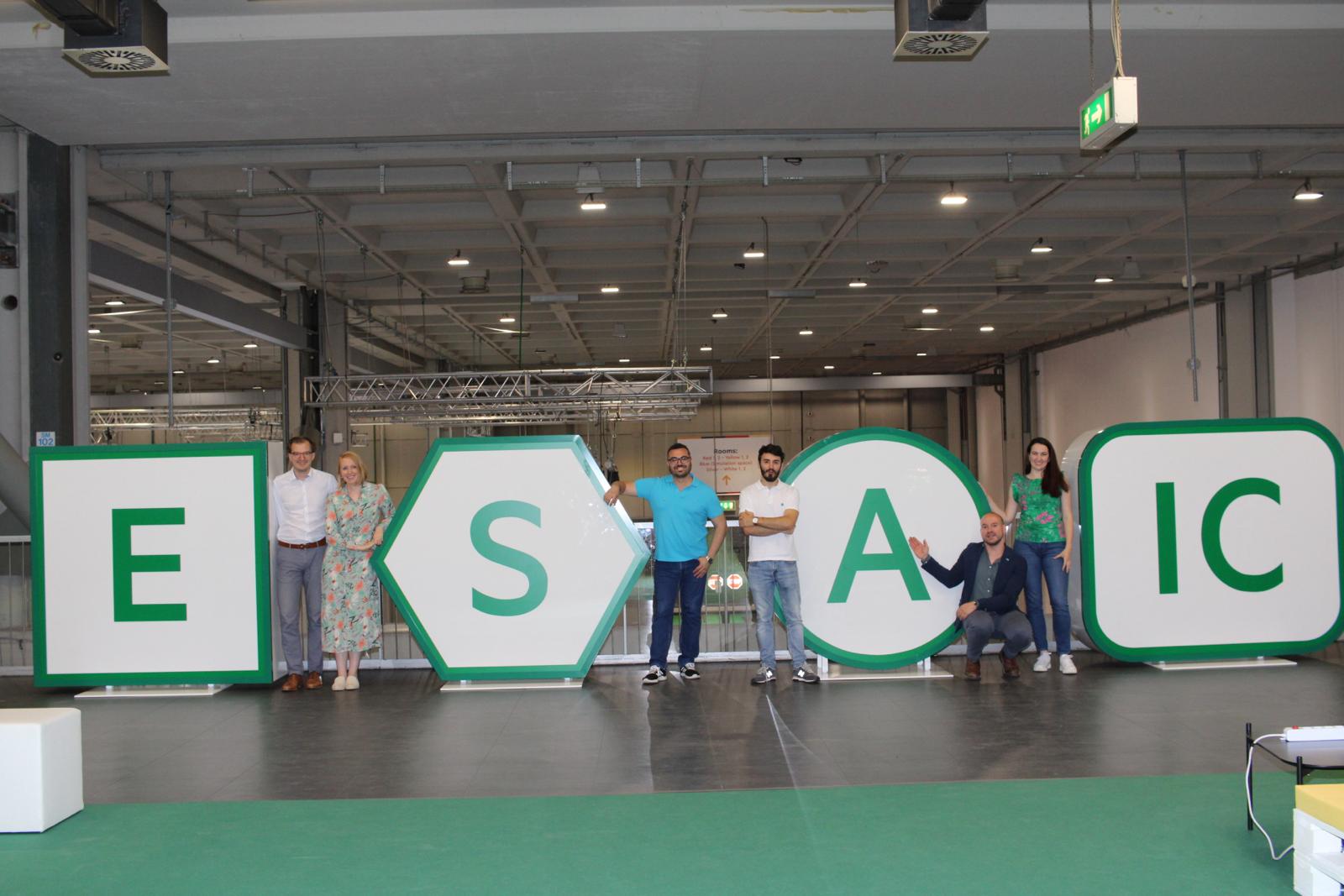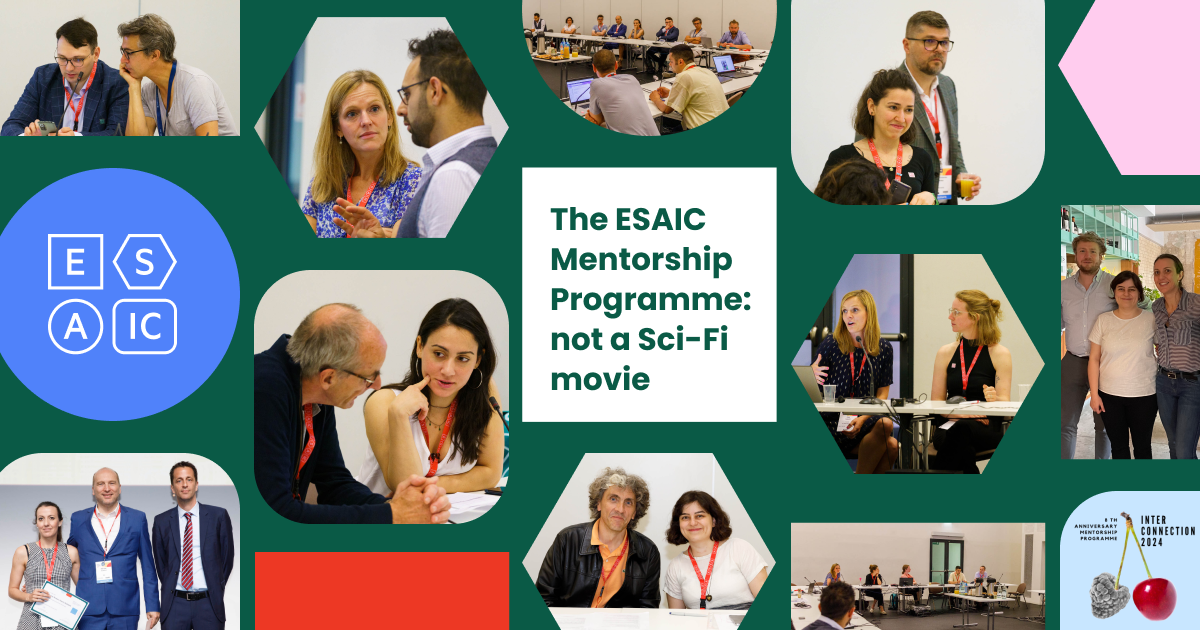ESAIC News
EA20 Newsletter: Session 14D1: Is technology the final answer for perioperative patient safety? Pro-Con debate
Sunday 29 November, 1130-1230H, Channel 5
The pro-con debates are one of the most popular slots on the annual Euroanaesthesia programme, and in this debate at Sunday lunchtime, two experts are asked: is technology the final answer for perioperative patient safety?
“Let’s face it, despite all efforts we have been making since the publication of the book ‘To err is human’, 20 years ago, the human part of the patient safety equation has been the less reliable,” says Dr Daniel Arnal from the Hospital Universitario Fundación Alcorcón, Madrid, Spain, who is delivering the ‘pro’ argument.
He will explain that concepts such as an improved patient safety culture, human factors and crisis resource management, checklists, incident reporting, protocols (and more protocols) have been advocated and even enforced through countless educational and scientific meetings.
“It is true that, since the 1950s, perioperative and anaesthesia-related mortality have dramatically dropped but, if we think of it, how much of it depended on the technology advances?”
He will use as an example the initial deaths due to gas misconnections earlier in the 1950s – which virtually disappeared when standardised incompatible pipeline connections were enforced. “Also, think of the improvement in patient safety between our elder colleagues’ memories, when they had to monitor blood pressure by palpating the pulse and oxygenation by checking how dark blood seemed in the surgical field, compared with current monitoring?”
Dr Arnal, who is also Cofounder and past Chairman of SENSAR, the Spanish Anesthesia Incident Reporting System, adds: “If we look to the corrective measures taken for patient safety in SENSAR, we can see how few of them include any sort of technology action. Can that be one of the reasons why we keep receiving the same incidents over and over again? It could be! Only engineering solutions are definitive. All the other education sessions, memos, quick alerts, protocols and checklists are quick fixes that tend to get dissolved in our natural tendency to entropy!”
He concludes: “Now think of all the new technological possibilities: what can we measure and present through Google glasses, what can be achieved with well designed and integrated electronic records with big data integration and decision making aided and powered by artificial intelligence. We may have some way to go, but probably less than we think. But even if the technology is not yet THE final solution for perioperative patient safety now, it will be the definitive solution for most of our current issues in the future.”
In the ‘con’ part of the debate, William Harrop-Griffiths (Professor of Practice [Anaesthesia]), Imperial College, London, UK) will argue that technology is not the final answer for perioperative patient safety.
He will say that, although technology can support the human delivery of healthcare and can help decrease the chances of errors occurring that can compromise patient safety, “while humans remain necessary in the delivery of that care, there will always be the possibility of human error. Although I will vigorously deny accusations that I am a Luddite (a person opposed to new technology or ways of working), I retain a degree of healthy scepticism when it comes to technology and healthcare.”
He will give examples of technology used in anaesthesia that can be divided into six broad groups:
- Technology that does what it is meant to do reliably and safely regardless of any attempts by its human operator to bypass it.
- Technology that it is in itself good but that can be used badly by humans.
- Technology that is in itself good but may have adverse consequences in spite of being used properly.
- Technology that we don’t really understand but is nevertheless quite cool and we like it.
- Technology that claims to provide a solution when in fact it only provides half a solution (or less).
- Technology that does more harm than good.
“Sadly, it often takes some time to discover in which of these groups a particular piece of technology actually lies!” explains Prof Harrop-Griffiths.
He believes the future is rosy for technology, with potentially exciting developments in the areas of closed-loop anaesthesia delivery systems, clinical decision support and artificial intelligence. He adds: “However, we still have much to learn about the issues that really affect patient safety: human factors, human factors and human factors – to mention but three. Without addressing these issues, technology has little chance of becoming any sort of answer to perioperative patient safety.”
He will end with one of his favourite quotations from the late, great Douglas Adams: “A common mistake that people make when trying to design something completely foolproof is to underestimate the ingenuity of complete fools”.
Read More of our special newsletter covering our virtual congress
Visit our COVID-19 Resource Hub for other news and resources.











